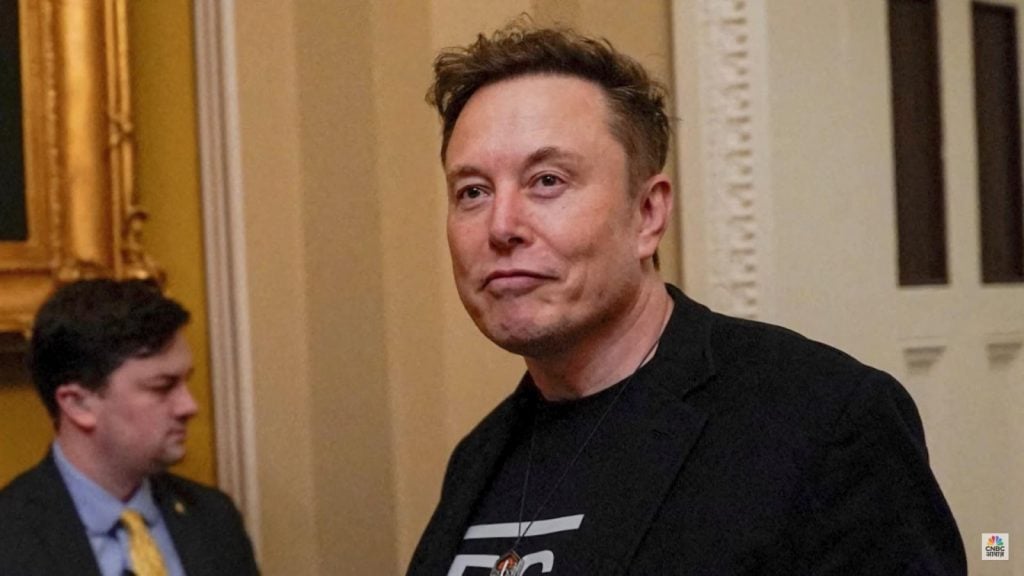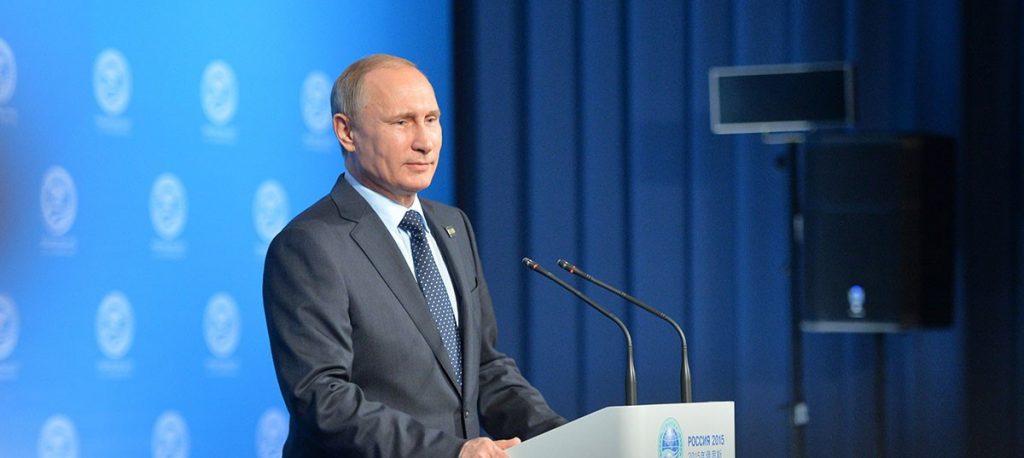The UK Is Stepping up Its Defense Game With 12 New F-35A Jets That Can Carry Nuclear Weapons
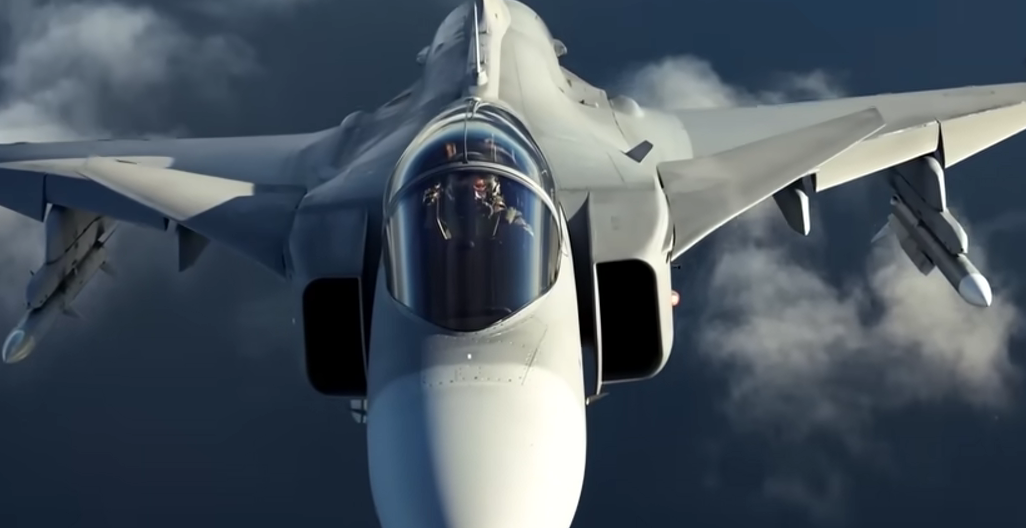
How does the UK F-35A nuclear capability strengthen NATO’s deterrence strategy?
The United Kingdom is making a bold move to strengthen its defense strategy, and it involves powerful new aircraft.
The government has announced plans to purchase 12 F-35A stealth jets, which can carry nuclear weapons.
This decision marks a significant shift in the UK’s military approach, bringing back an air-based nuclear capability for the first time since the Cold War ended.
Let’s explore what this means for the UK and its role in global security.
Why the F-35A Jets Matter for the UK and It’s Nuclear Capability

The F-35A jets, built by Lockheed Martin in the United States, are advanced stealth aircraft designed for multiple roles, including air combat and ground attacks.
Unlike the F-35B jets already used by the UK’s Royal Air Force (RAF) and Royal Navy, the F-35A can carry the US-made B61-12 nuclear bomb.
This capability allows the UK to join NATO’s dual-capable aircraft program, where allied countries share the responsibility of maintaining a nuclear deterrent.
The jets will be based at RAF Marham in Norfolk, and their addition is expected to support around 20,000 jobs across the UK through the defense industry.
This move comes as part of the UK’s Strategic Defence Review, which highlights growing global threats, particularly from countries like Russia.
The review emphasizes the need for a stronger NATO presence and a more diverse defense strategy.
By acquiring these jets, the UK aims to enhance its ability to deter potential adversaries while aligning closely with allies like the United States, Germany, and Italy, who also use nuclear-capable aircraft.
A New Era for UK Defense
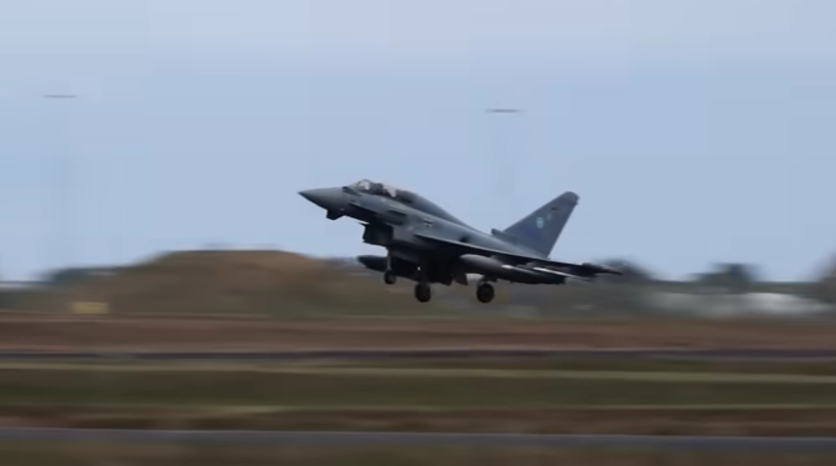
The decision to buy these jets is described as the biggest strengthening of the UK’s nuclear posture in a generation.
Since 1998, when the UK retired its own air-launched nuclear weapons, the country has relied solely on its Trident submarine system for nuclear deterrence.
Adding the F-35A jets diversifies this approach, giving the UK more options in a crisis. Prime Minister Keir Starmer has stated that these aircraft will help ensure peace in an era of “radical uncertainty.”
Defense Secretary John Healey also noted that the jets will save up to 25% per aircraft compared to the F-35B model, making this a cost-effective choice.
The jets will operate under NATO’s nuclear mission, meaning any use of nuclear weapons would require approval from both NATO’s nuclear planning group and the US president.
This setup ensures compliance with international agreements like the Non-Proliferation Treaty.
However, the return of US nuclear weapons to British soil, possibly at RAF Marham, has raised concerns among arms control experts who worry about escalating tensions with adversaries.
What’s Next for the UK’s Military?
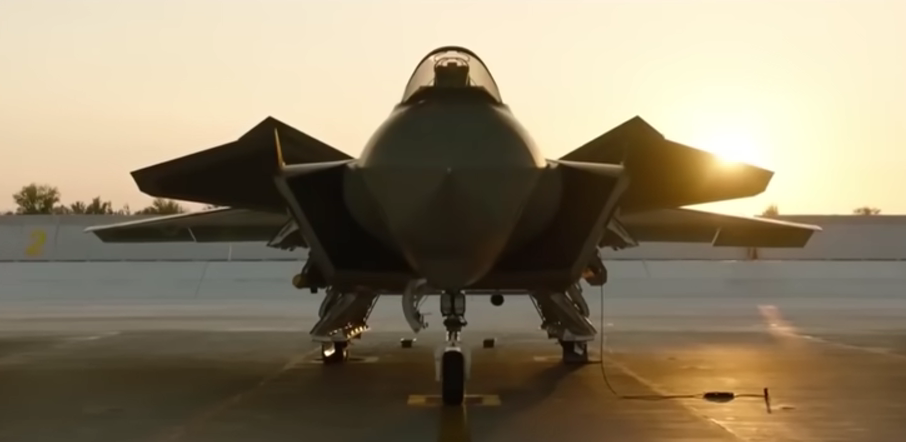
The purchase of these 12 jets is part of a larger plan to acquire up to 138 F-35s over time. The move signals a commitment to modernizing the RAF and preparing for potential threats, including direct attacks on the UK homeland.
NATO’s secretary general, Mark Rutte, has praised the UK’s decision as a strong contribution to the alliance.
As global instability grows, the UK is positioning itself as a key player in NATO’s defense strategy, balancing economic benefits with military readiness.
This development raises important questions about the future of the UK’s defense policies and its role in NATO. How will these jets change the way the UK responds to threats?
What does this mean for international relations and arms control? As the UK prepares to integrate these advanced aircraft, the world will be watching closely.
You might also want to read: NATO World War 3 Warning: Learn Russian or Face Disaster!
